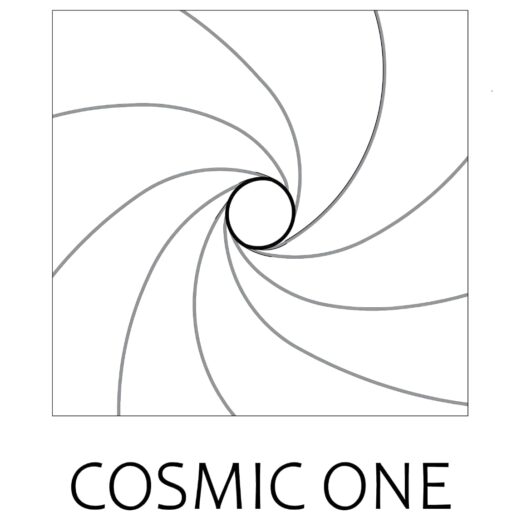Brand new UPPS-P Spontaneous Choices Size [21, 23] try good 59-goods mind-declaration size built to evaluate four impulsivity-associated traits, including Bad Importance (a dozen issues), Shortage of Premeditation (eleven situations), Decreased Dedication (ten circumstances), Feelings Seeking (a dozen situations), and you can Self-confident Necessity (14 things). Whiteside and you can Lynam unearthed that the fresh UPPS demonstrates expert interior texture and you will convergent legitimacy, and later research has indicated that the latest subscales of the UPPS create novel efforts to different problems (indicating why these subscales represent important aspects of impulsivity maybe not assessed in other impulsivity tips; ). In today’s analysis, Cronbach ? thinking in the full try was basically .88, .84, .77, .81, and you will .92 having Negative Necessity, Decreased Premeditation, Insufficient Persistence, Feelings Seeking, and you will Confident Urgency, respectively. Cronbach ? philosophy with the UPPS-P scales ranged from .71 (Sensation Seeking) so you can .86 (Diminished Premeditation) regarding large-BPD classification, .76 (Negative Necessity) to .86 (Experience Looking to) on the mediocre-BPD group, and you may .75 (Not enough Dedication) to help you .83 (Diminished Premeditation) about lower-BPD class.
Research analyses
The assumption of normal distribution of the UPPS-P scale scores and DERS total score was assessed using the Kolmogorov-Smirnov test and Shapiro-Wilks statistic; data were also graphically inspected for outlier detection. The effect of participants’ gender and age on UPPS-P and DERS scale scores was assessed in the context of two-way MANCOVA and ANOVAs, respectively, in which participants’ gender and group membership were entered as fixed factors and participants’ age was entered as a covariate; Pillai V was used as a multivariate effect size measure, whereas ? 2 was used to evaluate the effect size of the univariate F tests. In the case of the MANOVA/MANCOVA analyses, the nominal significance level (i.e., p < .05) of each univariate F test was corrected according to the Bonferroni procedure and set at p < .01. The presence of a significant difference between the high-BPD group and each of the control groups (average- and low-BPD) was tested using Bonferroni simultaneous contrasts; in the case of the UPPS-P scales, Bonferroni contrasts were performed only for those scales that showed significant F values. If no significant effects of participants' gender and age were observed, data were re-analyzed using a one-way MANOVA/ANOVA design, and planned comparisons between the high-BPD group and each of the other groups were carried out on raw mean scores. Cohen's d was used as a measure of effect size for Bonferroni contrasts.
In order to examine the unique relations between BPD group status and both DERS and UPPS-P scores, respectively (above and beyond the other), the DERS total score or relevant UPPS-P scores were included as covariates in ANCOVA designs examining between group differences in the other loveandseek variable, and the significance of planned Bonferroni contrasts was re-assessed using covariate-adjusted means. In analogy with regression-based P M statistic, for previously significant Cohen’s d values, we computed a measure of the proportion of mediated effect as the ratio of the difference between the Cohen’s d absolute value for a given contrast that was obtained without considering the effect of the covariate and the d absolute value for the same contrast that was obtained when including the covariate to the d value that was obtained without including the covariate. This measure indicates the proportion of the association between BPD features and both impulsivity and emotion dysregulation, respectively, that can be explained by the other.
Abilities
From the entire attempt (Letter = 91), Kolmogorov-Smirnov test results recommended that DERS total score, z = 0.ninety, p > .31, and all UPPS-P level score, minute. z worth (Sensation Trying) = 0.56, maximum. z well worth (Shortage of Premeditation) = 0.84, the p s > .forty, were usually distributed; equivalent results were served as well as because of the Shapiro-Wilks test outcomes, min. value = .97 (Self-confident Urgency and you can Feeling Seeking to) max. worth (Negative Importance) = .99, all the p s > .ten.

Recent Comments